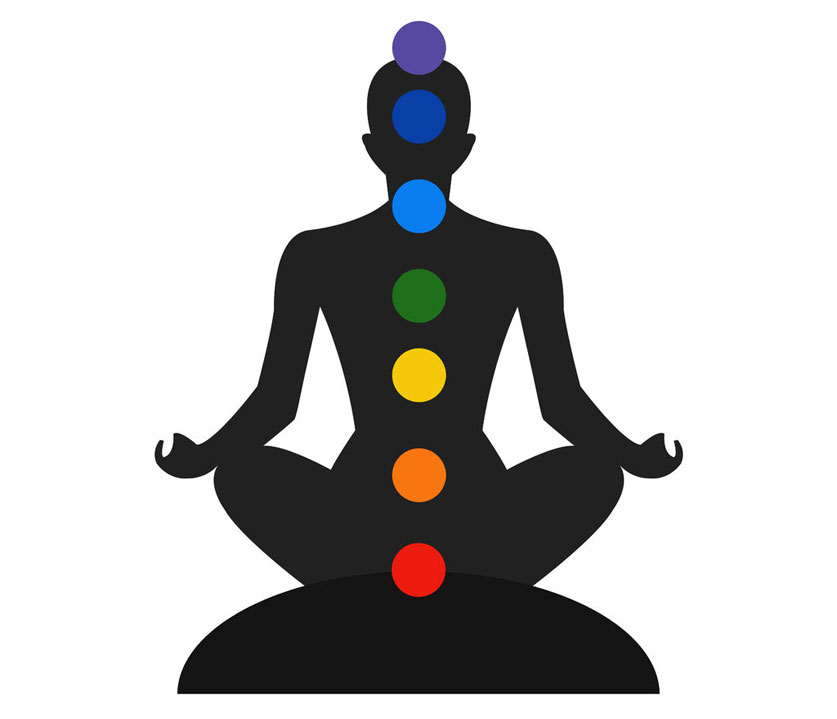Creative Monk or Creative Mob?
I ran a workshop on creativity for a client last week and carried out two exercises to help the participants better understand their preferences when working on creative tasks in different environments. One exercise was team-based, lasting about 30 minutes. Lots of talking, plenty of stimulus, post-it notes everywhere, real energy in the room. The other was an individual exercise, lasting the same period of time. It was conducted in complete silence, except for some quiet classical music in the background. No conferring or collaboration, it resembled a school examination hall.
After the participants had completed both exercises, I asked them which environment they preferred. There was a three-way split. Some people preferred working in a team setting. They enjoyed feeding off one another, finding it very hard to motivate themselves to generate ideas in isolation. Another group were completely the opposite. They thrived in the silence, relishing the time and space to get their own thoughts in order, enjoying the fact that they felt under no peer pressure to be creative in public. There were also a few participants who wanted a bit of both. They wanted the stimulus provided by others around them, but then the solitary confinement to let things digest and ruminate.

“A little hibernation is good for the mind.”
Michaela Chung
In psychological terms, some people are either introverted or extroverted by nature. Albert Einstein, Bill Gates, J.K. Rowling, Meryl Streep and Elon Musk are introverts who like to recharge by spending time alone. They lose energy from being around people for long periods of time. Extroverts, on the other hand, gain energy from other people and can find their energy diminishing when they spend too much time alone. They recharge by being social. Muhammed Ali, Bill Clinton, Margaret Thatcher, Winston Churchill, Beyonce, are all famous extroverts.
“I desperately need people. I re-charge sitting near those I love, laughing at their antics, and sharing stories. Being by myself is exhausting.”
Anon
Why is this important? Assuming that the population split of introverts to extroverts is 50:50, this means that in a team of six people working together on a project that requires fresh thinking, the environment in which the three extroverts are at their most creatively productive will be different to the one in which the three introverts perform at their best.
In a world where you cannot afford to be inefficient and where you need to maximise the resource you have available, you must meet the different needs of the people around the table.
So, these are some suggestions as to how to do this:
1) At the beginning of the programme, identify the balance of introverts versus extroverts in the team, including those who enjoy a bit of both.
2) Assuming that you have an equal amount of introversion and extroversion in the room, plan the programme accordingly. For example:
3) Agree the challenge to be addressed in advance of the face to face workshop to allow the introverts to do some pre-thinking.
4) During the workshop itself, build in an equal amount of ‘monk’ time and ‘mob’ time to keep everyone happy.
5) Identify parts of the creative process that would benefit most from either ‘monk’ or ‘mob’ time or both.
6) Where ‘mob’ time is required vary the group sizes from pairs and trios to groups of five and six.
7) Allow time after the workshop for further reflection and incubation, building in individual and group sessions for this as well.
If you fail to recognise that different people flourish in different conditions, you will not only fail to get the most out of everybody available, but you also run the risk of putting people in situations that create unnecessary stress and pressure. That’s no fun at all and it certainly won’t get the creative juices flowing!





